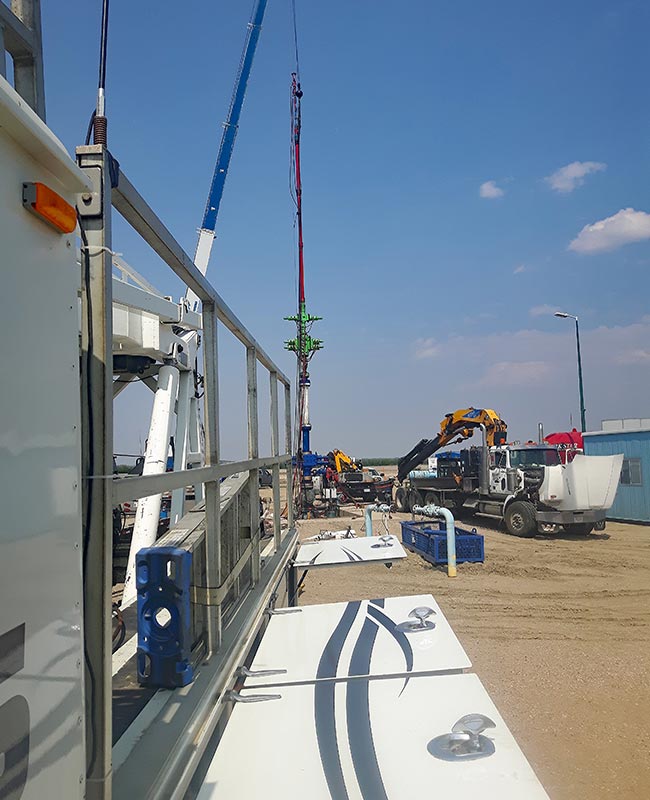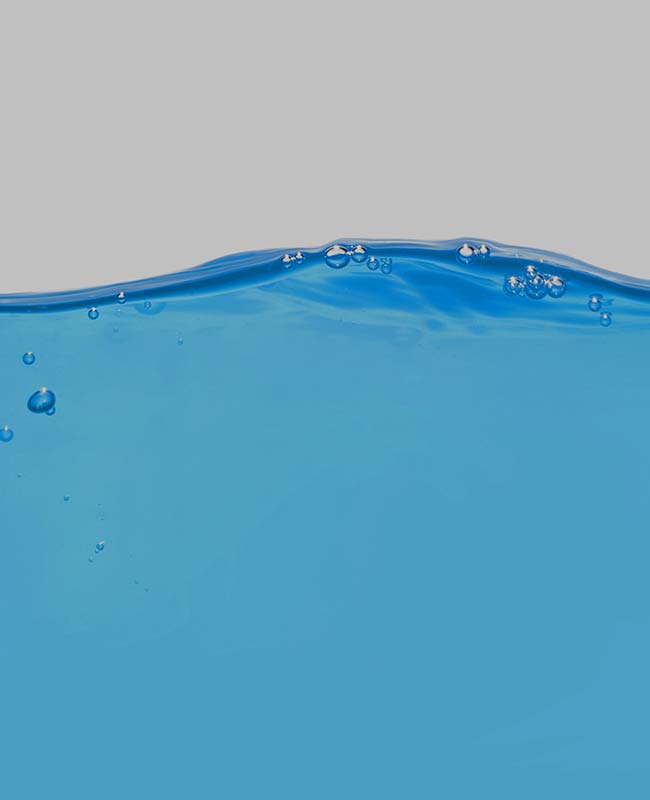Mechanical Integrity Test (MIT) & Interface Detection
Introducing our new-and-improved proprietary interface tool and cavern MIT system
Cavern Mechanical Integrity Test
An MIT is commonly performed to evaluate the mechanical integrity of a cavern’s wellhead, casing, tubing, and cemented annulus between the production casing and the formation at the casing seat area. Generally, the test is conducted by injecting nitrogen into the well to below the casing seat at the desired test pressure. Brine and nitrogen pressures are recorded, and the interface level is located by running an interface detection tool. This interface will be used to calculate and evaluate the well/cavern integrity.
BGES has developed a patented Gamma-Density Interface Tool GDI-2 system capable of detecting fluid interfaces behind 1 or 2 sets of casings. It is specifically designed to detect various types of gas-liquid and liquid-liquid interface in salt caverns. The tool has a vertical resolution of up to 2” (or 5cm), and is approved by the CNSC with no well abandonment requirements if it becomes unrecoverable in a well / cavern.
Applications
Features & Benefits
Operations
Interface detection in caverns
BGES’ proprietary GDI-2 is a multi-receiver density measurement tool capable of detecting fluid interfaces behind 1 or 2 sets of casings. It is specifically designed to detect various types of gas-liquid and liquid-liquid interface in salt caverns. The tool has a vertical resolution of up to 2” (or 5cm), and is approved by the CNSC with no well abandonment requirements if it becomes unrecoverable in a well / cavern.
This new development offers various financial and environmental advantages:
Cost advantage – because the operating cost for this tool is low compared to a Pulse Neutron tool, BGES is able to transfer the savings to our clients to reduce their overall costs especially on multi-day projects.
Low financial risks – the replacement cost of the GDI is approx. 25% of that of a typical Pulse Neutron tool. If in a rare case the tool is lost in hole, the cost would be significantly lower.
Low environmental risks – since this tool uses a gamma source with a very short half-life, there is no abandonment required by the CNSC if this tool is irretrievable in a cavern or well.
Applications
Features & Benefits
Operations
Integration of Services
From core preservation, geotechnical lab testing, cased-hole logging, reservoir and caprock injection testing, data analyses, project management, regulatory reporting, to computer simulation and numerical modelling, our comprehensive and customizable service model offers maximum flexibility for our clients.


